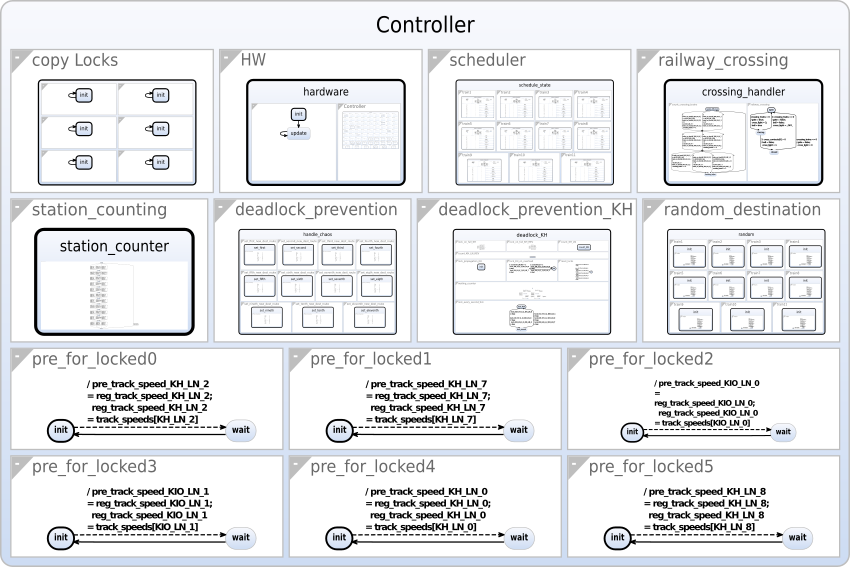[Layout] Predicting Graph Drawing Space Requirements: A Machine Learning Approach for Node Size Approximation in Top-down Layout
Top-down Layout is a technique to draw large hierarchical diagrams from the root node downwards, scaling children down to fit in the space provided by their parents. This is in contrast to bottom-up layout where children are laid out first and the parents' dimensions are determined accordingly afterwards.
In top-down layout a strategy needs to be used to set node sizes without knowledge of the hierarchical contents of the node as that has not been processed/laid out at that point. Current strategies are:
- Using a default base size
- Counting the number of children and taking the square root as a multiplication factor for the default base size
- Computing the layout of only the children (look-ahead layout)
The main challenge is to get an approximation that gives a suitable aspect ratio (close to what will actually be required).
Graphs are complex feature vectors and the solution space is very large without necessarily one correct and optimal answer. Therefore, a machine learning (ML)-based approach may help find good solutions.
Example Top-down Layout of an SCChart

Goals
- Use the KiCoDia benchmarking tool to extract feature vectors from existing models
- Train and evaluate an ML model on the extracted data sets
- Integrate the model as a new node size approximator into top-down layout
Scope
Master's (Bachelor's) Thesis
Related Work/Literature
[Under Review] M. Kasperowski and R. von Hanxleden, Top-down Layout: Effectively Utilizing Zoom for Drawings of Compound Graphs
M. Nielsen, Neural Networks and Deep Learning, Determination Press, 2015 (http://neuralnetworksanddeeplearning.com/index.html)
I. Goodfellow and Y. Bengio and A. Courville, Deep Learning, MIT Press, 2016 (https://www.deeplearningbook.org/)
Involved Languages/Technologies
- Java / Xtend, Python
- KiCo
- ML Frameworks (to be chosen)
Supervised by
Maximilian Kasperowski in cooperation with the Intelligent Systems group.
mka@informatik.uni-kiel.de